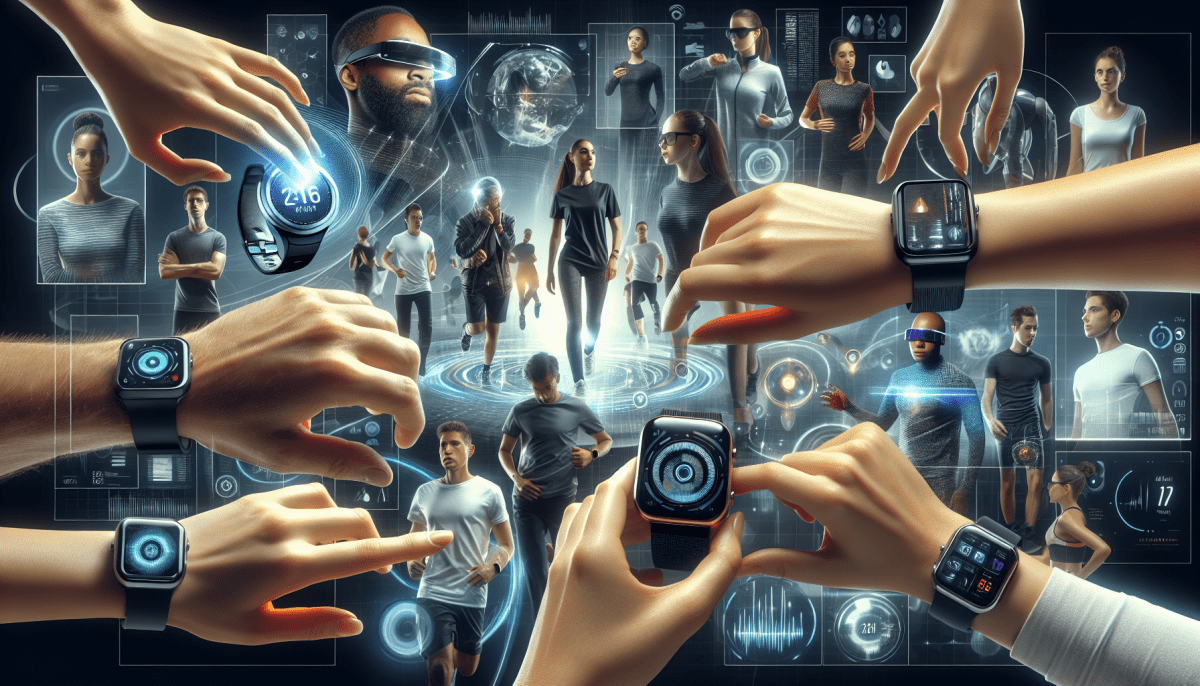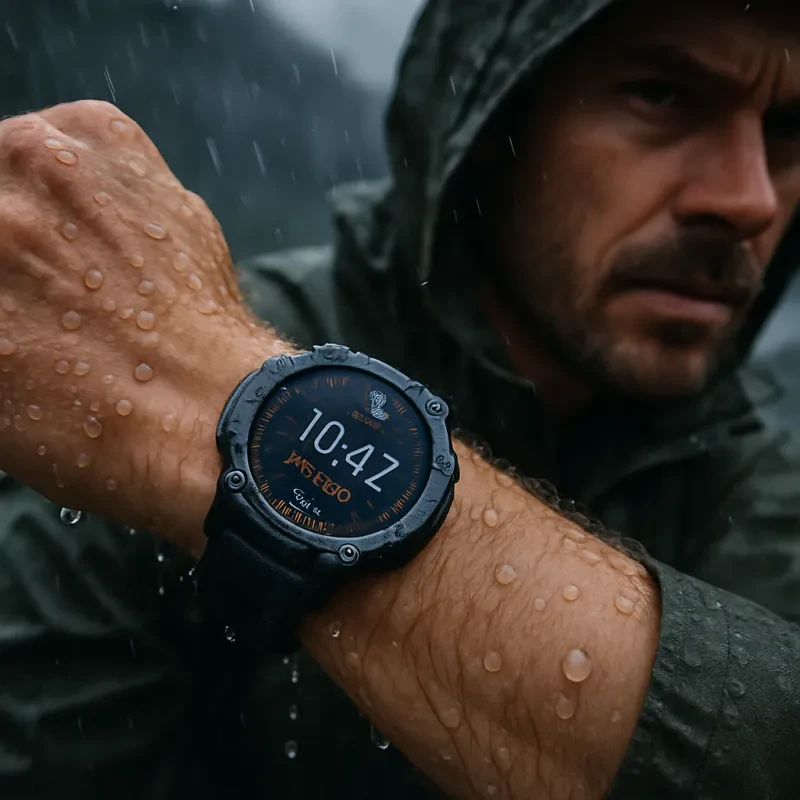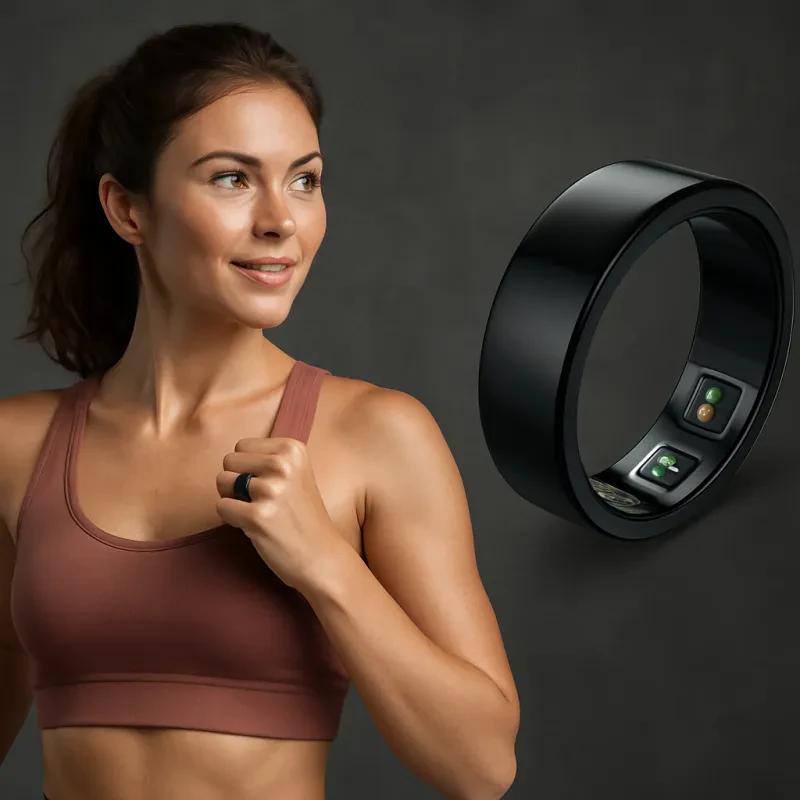Wearable technology, once a concept confined to science fiction, is now a booming industry reshaping how we interact with the world, our bodies, and even each other. From smartwatches and fitness trackers to AR glasses and smart fabrics, wearables have evolved rapidly in function, form, and sophistication. But what lies ahead for this transformative tech? Let’s explore the future of wearable technology—its trends, challenges, innovations, and potential to redefine our daily lives.
1. The Current State of Wearables
Today’s wearable devices are already making waves in healthcare, fitness, entertainment, and communication. Devices like the Apple Watch, Fitbit, and WHOOP have become mainstream, offering users real-time health metrics, including heart rate, oxygen levels, sleep patterns, and stress levels. Smart glasses, such as Ray-Ban Meta and Snap Spectacles, bring social media and augmented reality closer to our visual experience.
The market for wearable technology reached over $120 billion globally in 2023 and is expected to surpass $380 billion by 2030, according to industry analysts. This staggering growth reflects the increasing interest of consumers and investment in technological advancements for personalized, always-on digital interfaces.
Smartwatch with Call and Fitness Tracking
Stay connected and track your fitness goals all day with this sleek smartwatch
Product information
$28.59
Product Review Score
4.36 out of 5 stars
219 reviewsProduct links
2. Next-Gen Health Monitoring
One of the most promising frontiers for wearables is preventive healthcare. Future devices will move beyond basic tracking to provide predictive analytics, detect diseases early, and even deliver treatments.
-
Continuous glucose monitors (CGMs) will become less invasive and more accurate, enabling diabetics and health-conscious individuals to manage their blood sugar levels in real-time.
-
Wearable ECGs and blood pressure monitors will become standard features in smartwatches.
-
Smart tattoos and bioelectronic sensors could monitor hydration, nutrient levels, and other biomarkers through the skin.
Additionally, wearable tech could reduce the strain on healthcare systems by enabling remote monitoring for patients with chronic illnesses, thereby limiting the need for constant in-person visits.
3. Augmented Reality (AR) and Smart Glasses
One of the most anticipated areas of growth is in augmented reality wearables. With giants like Apple, Meta, and Google investing heavily in AR hardware, we’re moving toward a future where smart glasses replace smartphones.
Imagine walking down the street and seeing real-time navigation overlays, translation captions during a conversation, or LinkedIn bios floating above colleagues' heads. That’s the vision driving AR wearables.
-
Apple Vision Pro has already hinted at this mixed reality future.
-
Lightweight, stylish glasses with AR capabilities will become more socially acceptable and less bulky.
-
Integration with AI assistants will make digital interactions more seamless and context-aware.
AR wearables could revolutionize education, shopping, gaming, and workplace collaboration, creating fully immersive, spatial computing experiences.
XREAL One Smart AR Glasses with X1 Chip
Experience seamless augmented reality and enjoy vibrant visuals with these cutting-edge smart glasses
Product information
$614.47 $578.28
Product Review Score
4.75 out of 5 stars
100 reviewsProduct links
4. Fashion Meets Function
As wearables evolve, so does their aesthetic. The future of wearable tech will blend function with fashion, making devices indistinguishable from everyday accessories or clothing.
-
Smart fabrics embedded with conductive fibers can monitor movement, temperature, or even emotions.
-
E-textiles could charge devices or illuminate for safety during nighttime activities.
-
Smart rings and earbuds with AI features, such as voice assistants and biometric authentication, will become discreet yet powerful tools.
Collaborations between tech companies and fashion designers (like Levi’s x Google or Louis Vuitton x Tag Heuer) hint at a future where wearables are not only practical but also highly personalized style statements.
5. AI Integration: Smarter Than Ever
The rise of artificial intelligence is dramatically accelerating the capabilities of wearables. The next generation of devices will be AI-powered companions, capable of learning user habits, providing personalized insights, and adapting to real-time needs.
Some likely AI-driven features include:
-
Predictive health alerts for signs of illness or injury.
-
Behavioral coaching is based on stress levels, movement, and mood.
-
AI-driven interfaces that respond to gestures, eye movement, or even thought signals (brain-computer interfaces).
-
Language translation and transcription in real time.
Imagine wearables acting as life coaches, translators, secretaries, or even medical advisors—all powered by AI.
6. Workplace and Industrial Applications
While wearables are becoming commonplace in consumer fitness and health, they are also making inroads into the enterprise and industrial sectors.
-
In warehousing, AR glasses can assist workers with real-time inventory data.
-
In construction, smart helmets and vests can monitor worker fatigue and prevent accidents.
-
In manufacturing, wearable sensors can track hazardous exposure or repetitive stress.
This integration of wearables into occupational settings enhances safety, efficiency, and real-time decision-making, leading to more innovative work environments.
7. Ethical and Privacy Considerations
As wearable tech becomes more integrated with our bodies and lives, concerns over data privacy and ethics are escalating.
Who owns your biometric data? How is it stored, shared, or monetized? Could insurance companies use your wearable data to raise premiums? Could employers monitor your stress levels or productivity?
Transparency, opt-in data sharing, and robust encryption will be essential for maintaining public trust. Future regulations may enforce "digital bodily autonomy"—treating biometric data as a human right, not just a commodity.
8. Barriers and Challenges
Despite the optimism, several challenges could slow or complicate the wearable revolution:
-
Battery life: Small form factors limit battery capacity. Innovations in wireless charging or energy harvesting are needed.
-
Comfort and design: Devices must be unobtrusive and comfortable for all-day wear.
-
Interoperability: Devices from different brands must communicate seamlessly across various ecosystems.
-
Affordability: Advanced wearables may remain out of reach for many unless mass production and competition drive prices down.
Solving these issues is key to unlocking widespread adoption.
9. The Road Ahead
Looking forward, wearable technology is not just about gadgets—it’s about redefining human capability and experience. The convergence of AI, AR, biotechnology, and fashion will make wearables essential tools for living smarter, healthier, and more connected lives.
We may soon enter an era where:
-
Digital twins—virtual replicas of ourselves—help optimize our wellness.
-
Emotion-sensing wearables foster empathy and mental health awareness.
-
Neural wearables allow hands-free computing, gaming, and communication.
-
Smart skin merges biology with digital infrastructure.
Ultimately, the future of wearables is about augmenting human potential, not replacing it. In the coming decade, wearable tech won’t just be something we wear; it will become a natural extension of who we are.
Final Thoughts
Wearable technology is shifting from novelty to necessity. As innovation accelerates, we are standing on the cusp of a new technological renaissance—one that puts real-time intelligence at our fingertips, on our skin, and eventually, inside our bodies. The future is wearable, and it’s closer than you think.




